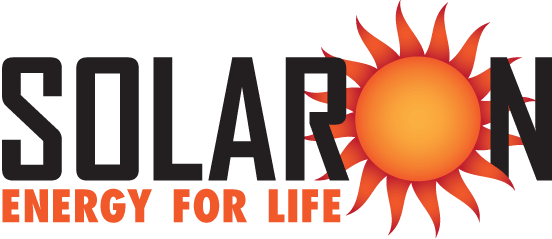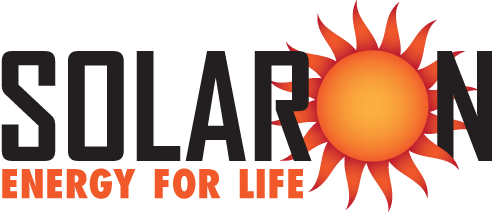
If you took a picture of the sun at the exact same time every single day, you’d see the sun would have a slightly different position in the sky. Day after day, the sun’s position gets either closer or further away from the horizon. If you overlaid all those positions, they’d make a shape that looks like a pinched figure 8. This shape is called the Earth’s analemma, and it’s different for each planet. The Earth spins on a tilt and orbits the sun in an elliptical pattern. As a result, the Earth’s position related to the sun changes, but keeps to the same annual cycle. This results in the sun having a higher or lower position in the sky depending on the time of year. For the northern hemisphere, the sun’s position is higher in the sky during summer, and lower in winter.
But depending on where you live, the Earth’s analemma itself has a different position in the sky. The closer you are to the north or south poles, the analemma is closer to the horizon. If you live close to the equator, the analemma appears higher up, toward the middle of the sky. There are even more contributing factors to the changing position of the sun in the sky, but what does all this have to do with solar panels?
Keep Facing the Sun
The specialized cells within Maxeon solar panels capture rays of sunlight and convert their photons into electricity. To capture the sun’s rays, the cells need to face the sun. The further away from the sun they face, the less electricity they produce. Now, solar panels aren’t designed to collect sunlight from one horizon to the other. They need to face the range of positions that the sun takes in the sky, the analemma. That range of positions determines how much your installers at Solaron need to tilt your panels, so they face the analemma as directly as possible. That tilt of your panels is called a solar tilt, or solar angle.
Of course, there are further options to reposition solar panels, or even the light itself. A few companies and do-it-yourself experts have a manual adjustment system, but these systems often end up too complex and prone to failure. Some expensive ground-mounted arrays have motors to automatically determine the position of the sun itself and follow it across the sky. Some companies are researching reflective options, to redirect sunlight coming in from extreme angles back toward the solar cells. SunPower and Maxeon simplify these concepts by using light-trapping surface materials to grab more sunlight and convert it to electricity.
What’s Your Angle?
You visit websites that let you can plug in your zip code to find out the recommended angles for solar panels. But those recommended numbers are generalizations, not specifically calculated for your home’s roof, position, or direction. Solaron takes accurate measurements of your roof or the location for your ground mounts. We use special tools and techniques to calculate the best number of panels and the best position to install them, so you get the most solar efficiency for your home or business.
What’s the best solar angle for your home? To find out, give Solaron a call or schedule a free home analysis here on our website. We’ll make sure you understand what it takes to get the most efficient photovoltaic power system on the market today, and then we’ll help you find the best rebates, incentives, and programs available. And when you’re ready, we’ll install your system at just the right solar angle.

